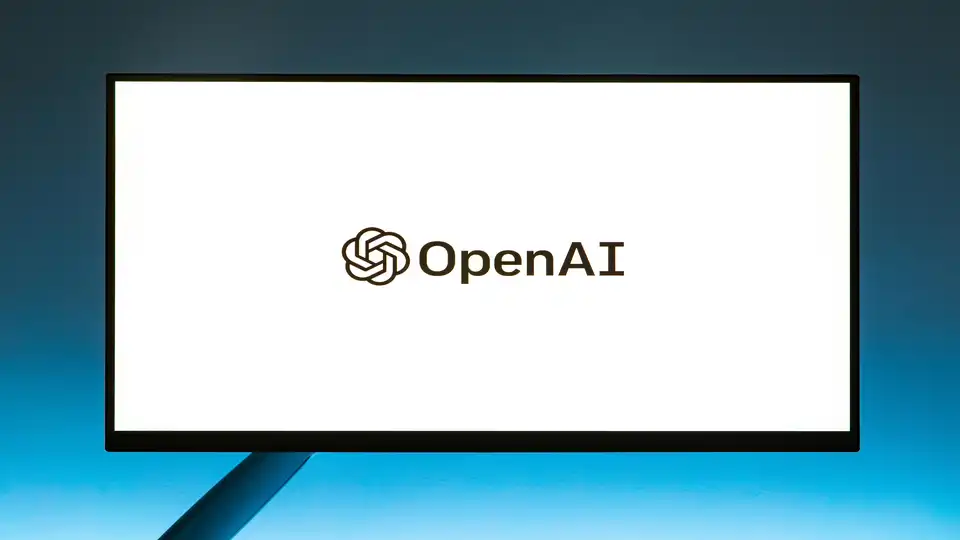How to Create a High-Quality Blog Post with Generative AI

How to write an excellent blog is a question that every blogger always thinks about. With the support of generative AI, blog creation is now easier than ever.
Now, content creation has become more competitive and dynamic than ever. With over 7.5 million blog posts published daily across the web, standing out requires not only creativity and insight but also efficiency and adaptability. Enter Generative AI — a powerful tool that, when used effectively, can dramatically elevate your blog writing process.
This guide will walk you through how to use Generative AI tools like ChatGPT (Chat Generative Pre-trained Transformer) to craft engaging, SEO-optimized blog posts that provide real value to your readers. We'll include examples, real use cases, and best practices to ensure your content shines.
Why Use Generative AI for Blogging?
Generative AI has transformed the content creation game for good reasons:
- Speed: Reduce blog creation time from hours to minutes.
- Consistency: Maintain a professional tone across articles.
- Creativity boost: Use AI as a brainstorming partner.
- SEO support: Optimize structure and keywords based on best practices.
According to HubSpot's 2024 report, over 53% of marketers now use AI for content creation, and 65% say it improves blog performance.
Step-by-Step Guide to Creating an Excellent Blog Post with Generative AI
1. Define Your Goal and Audience
Before opening an AI tool, clarify:
- Who is your audience? (e.g., marketers, engineers, small business owners)
- What is your goal? (Inform, persuade, educate, entertain)
- What problem are you solving?
Example: Writing for beginner marketers looking to understand SEO basics.
2. Keyword Research First
Use tools like Google Keyword Planner, Ahrefs, or Ubersuggest to find target phrases. Don’t rely on AI for keyword discovery — this step is all about data.
Example keywords:
generative AI for blogging,AI writing tools,how to write with AI,AI SEO content.
3. Generate an Outline with AI
Prompt AI tools with clear instructions:
"Create a blog post outline on how to use generative AI to write better blog posts. Include sections on keyword research, drafting, editing, and SEO tips."
🧠 Tip: Review the outline carefully. AI may suggest generic headers. Refine them to add uniqueness.
4. Create the First Draft
Use the outline to generate paragraphs. Don’t generate the whole article at once — break it down section by section.
## Drafting the Introduction
AI tools can create hooks like:
> "In the age of automation, content creators are finding new allies in AI. But can a machine truly help you write better?"
Refine the tone and adapt to your brand voice.
5. Human Editing is Crucial
Although generative AI is able to generate good blog content, it cannot guarantee perfection, so manual review of blog content is still an essential step. Before publishing an article, you must complete the following tests:
- Remove repetitive or generic phrases.
- Check facts and citations.
- Rewrite awkward sentences.
- Add unique insights or personal anecdotes.
Case Study: A tech blogger used ChatGPT to create a rough draft of a Python tutorial. After refining the post and adding code samples and screenshots, the blog received over 10,000 visits in a week.
6. Add Visuals and Rich Media
In order to provide a better reading experience for blog readers, we often need to insert some pictures into the blog. At this time, we can use the following tools:
- Canva or Midjourney for illustrations.
- DALL·E for AI-generated infographics.
- Screenshots or charts from your process.
 Figure: Visual representation of a generative AI blog workflow
Figure: Visual representation of a generative AI blog workflow
7. Optimize for SEO
In order to make your blog recognized by search engines and get more recommendations from search engines, it is necessary to carry out targeted SEO optimization work and ensure that your articles contain:
- A clear H1 and H2/H3 hierarchy
- Keyword in the first 100 words
- Meta description
- Internal and external links
- Alt text on images
- Proper use of lists and quotes
Example Meta Description: "Learn how to use generative AI tools like ChatGPT to create high-quality, SEO-friendly blog posts. Step-by-step tips, tools, and examples included."
8. Final Checklist Before Publishing
- All sections refined by a human
- Plagiarism check completed
- SEO plugin used (e.g., RankMath, Yoast)
- Mobile and accessibility tested

Conclusion
The fundamentals of great content creation remain the same: understand your audience, provide real value, and maintain authentic communication. AI tools enhance these capabilities, allowing content creators to focus on strategic thinking and creative insights.
Generative AI is not a replacement for human creativity — it's a productivity enhancer. When used properly, it helps writers produce more value in less time while staying focused on what matters: delivering helpful content to readers.
By following the framework above, you can create blog posts that are not only SEO-optimized but also informative, credible, and engaging — the kind of content Google and readers both love.